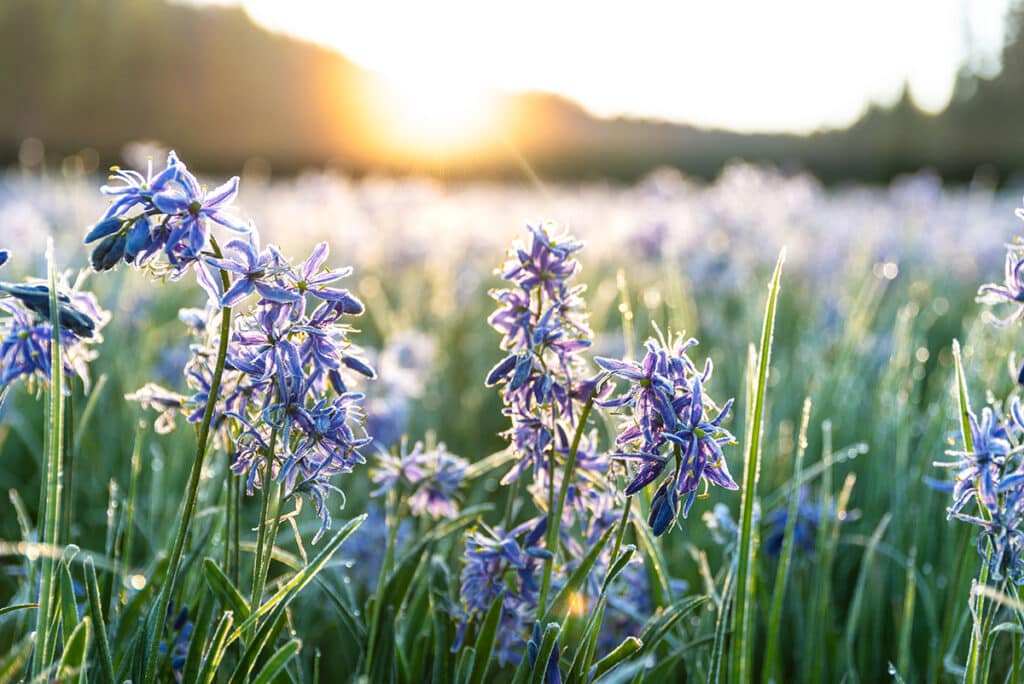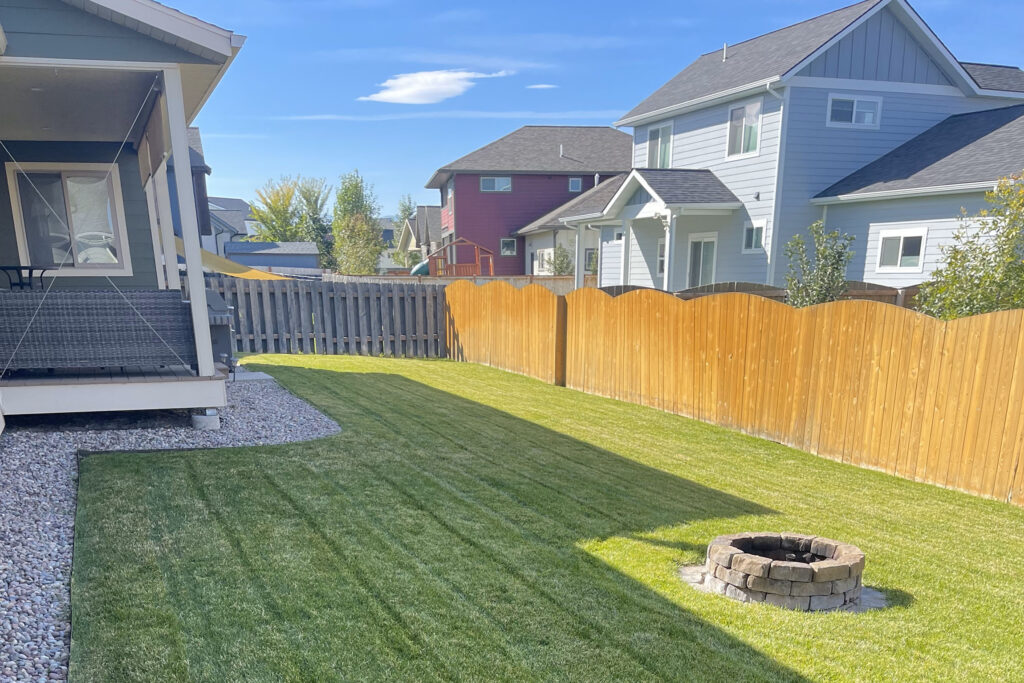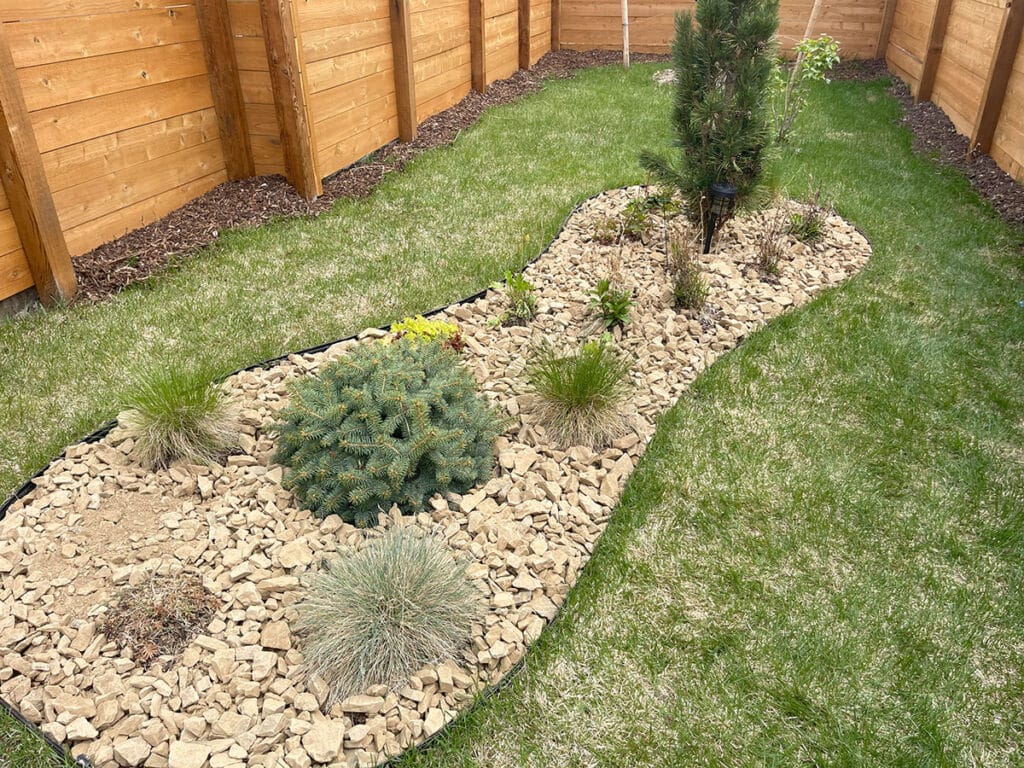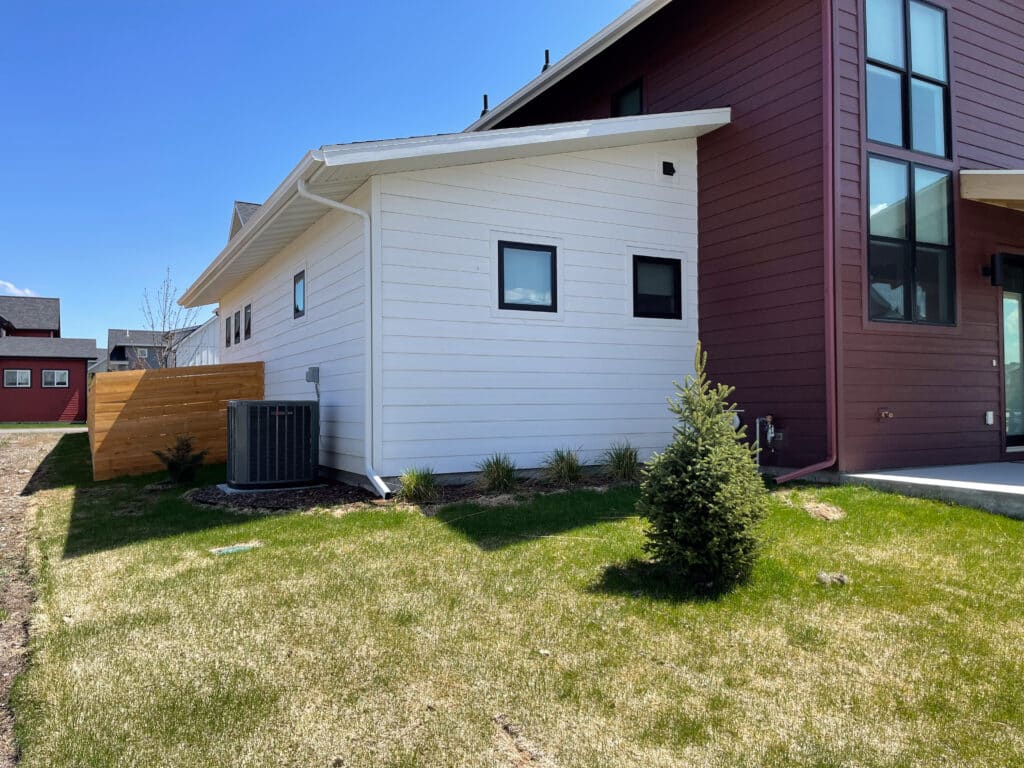Choose plants based on your region’s climate, soil conditions, and the specific needs of your softscape design.
The best plants for softscaping depend on various factors, including your location, climate, soil type, and personal preferences. Here’s a diverse selection of plants that are often favored for their versatility, visual appeal, and adaptability in softscape design:
List of Plants
1. Perennials
Daylilies (Hemerocallis): These hardy perennials come in a variety of colors and bloom throughout the summer.
Coneflowers (Echinacea): Drought-tolerant and attractive to pollinators, coneflowers offer vibrant blooms.
Learn more about the best perennials to plant.
2. Shrubs
Lilacs (Syringa): Known for fragrant blooms, lilacs are deciduous shrubs that add beauty and fragrance to the landscape.
Hydrangeas (Hydrangea): With their large, showy flowers, hydrangeas are versatile shrubs that thrive in various conditions.

3. Ornamental Grasses
Fountain Grass (Pennisetum setaceum): Adds texture and movement with its graceful arching blades.
Switchgrass (Panicum virgatum): Hardy and adaptable, switchgrass provides vertical interest and turns golden in the fall.
4. Groundcovers
Creeping Jenny (Lysimachia nummularia): A low-growing groundcover with vibrant green foliage.
Creeping Thyme (Thymus serpyllum): Fragrant and drought-tolerant, creeping thyme forms a dense mat.
5. Trees
Japanese Maple (Acer palmatum): A small, decorative tree with colorful foliage.
Dogwood (Cornus florida): Known for its spring flowers and vibrant fall foliage.
6. Climbing Plants
Clematis (Clematis): Climbing vines with large, colorful flowers that add vertical interest.
Wisteria (Wisteria): Produces cascading clusters of fragrant, lavender or blue flowers.
Learn more about planting climbing plants.
7. Annuals
Petunias (Petunia): Colorful and versatile annuals that bloom throughout the summer.
Marigolds (Tagetes): Vibrant and easy-to-grow annuals with a variety of warm colors.
8. Evergreen Plants
Boxwood (Buxus): Dense, evergreen shrubs that provide structure and can be shaped into various forms.
Juniper (Juniperus): Durable and adaptable evergreen shrubs with different growth habits.
9. Roses
Hybrid Tea Roses (Rosa): Classic roses known for their large, well-formed blooms.
Knock Out Roses (Rosa ‘Knock Out’): Disease-resistant and continuous blooming shrub roses.
10. Native Plants
Black-Eyed Susan (Rudbeckia hirta):** Native to North America, these yellow flowers attract pollinators
Milkweed (Asclepias):** Essential for monarch butterflies, milkweed has attractive flowers and is a host plant for caterpillars.
11. Herbs
Lavender (Lavandula): Fragrant and drought-tolerant, lavender is valued for its aromatic foliage and flowers.
Rosemary (Rosmarinus officinalis): An evergreen herb with fragrant leaves and blue flowers.
12. Bulbs
Tulips (Tulipa): Spring-blooming bulbs available in a wide range of colors.
Daffodils (Narcissus): Deer-resistant bulbs with cheerful, trumpet-shaped flowers.
13. Ferns
Ostrich Fern (Matteuccia struthiopteris): A graceful fern with feathery fronds that thrive in shaded areas.
Japanese Painted Fern (Athyrium niponicum): Admired for its silvery foliage and unique texture.
14. Succulents
Hens and Chicks (Sempervivum): Hardy succulents with rosette-shaped clusters.
Sedum (Sedum spp.): Drought-tolerant groundcovers with fleshy leaves and vibrant flowers.
15. Butterfly & Hummingbird Plants
Bee Balm (Monarda): Attracts pollinators with its vibrant flowers and aromatic foliage.
Butterfly Bush (Buddleja): Known for its long panicles of flowers that attract butterflies and hummingbirds.
Final Thoughts
Remember to consider your local climate and soil conditions when selecting plants for softscaping. It’s also beneficial to choose a mix of plants to provide interest throughout the seasons, enhance biodiversity, and support local ecosystems.



